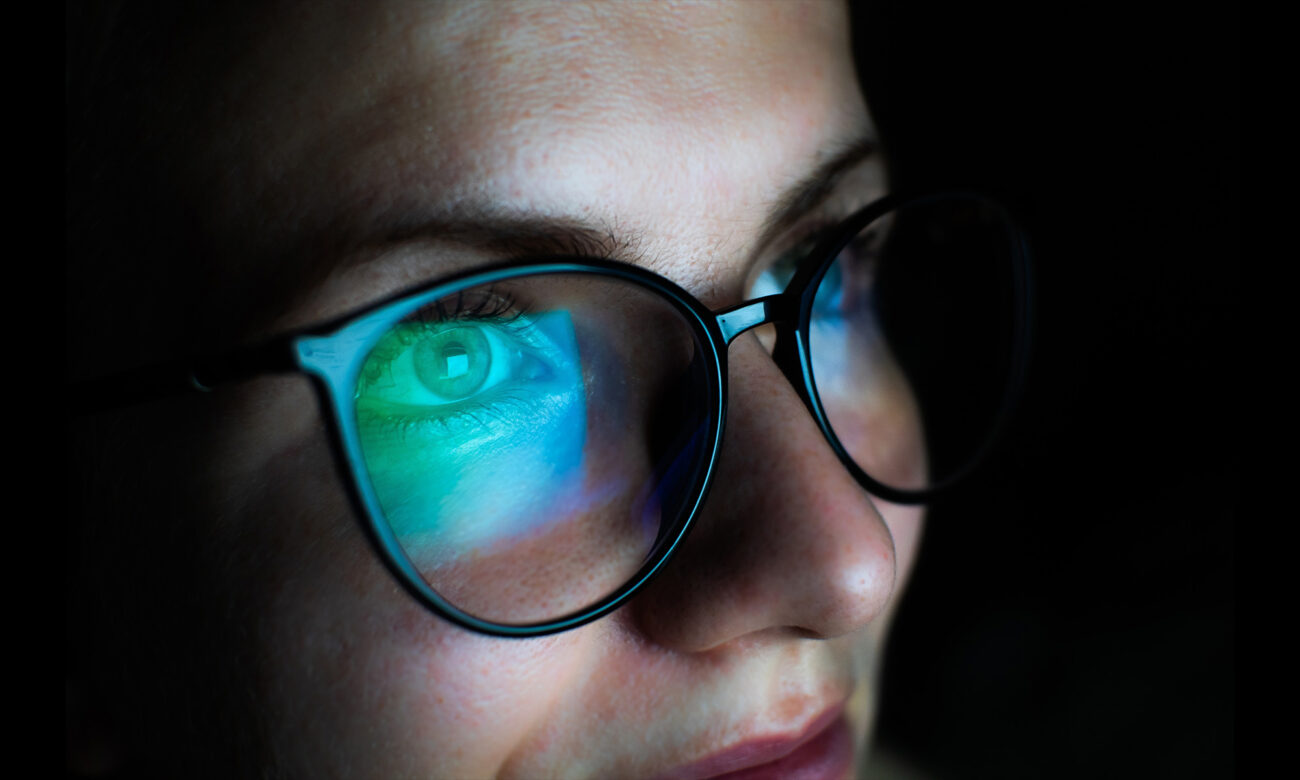In today’s hyper-connected world, navigating digital wellness isn’t just a buzzword—it’s a necessity. From the endless pings of social media to backlit screens that light up our nights, the digital age offers convenience but also brings hidden challenges. How do we protect our minds and bodies while staying plugged in? Let’s explore effective ways to manage blue light exposure, control screen time, and handle social media’s influence for a balanced, vibrant life.
Understanding Digital Wellness
Digital wellness is all about achieving a healthier relationship with technology. It involves protecting our eyes from blue light, making smart choices about screen time, and using social media intentionally. Embracing digital wellness means leveraging technology’s benefits without letting it harm our sleep, productivity, or mental health.
What Is Blue Light?
Blue light is a spectrum of visible light emitted by digital devices like smartphones, tablets, and laptops. While some blue light is essential for alertness and mood during the day, too much—especially at night—can disrupt our circadian rhythm and strain our eyes.
How Blue Light Impacts Our Health
Blue light exposure, particularly after sunset, can have several effects:
- Sleep Disruption: Blue light interferes with melatonin production, making it harder to fall and stay asleep.
- Eye Strain: Digital eye strain causes headaches, blurry vision, and tired eyes.
- Potential Long-Term Risks: Ongoing research explores possible links between excessive blue light and retinal damage.
Tips to Reduce Blue Light Exposure
- Use Blue Light Filters: Most devices have night modes or blue light reducing settings. Enable them in the evening.
- Wear Blue Light Blocking Glasses: Special eyewear can help filter harmful wavelengths.
- Follow the 20-20-20 Rule: Every 20 minutes, look at something 20 feet away for 20 seconds to ease eye strain.
- Dim Your Screen: Lower your device’s brightness, especially in dark rooms.
- Limit Screen Use Before Bed: Power down devices 1–2 hours before bedtime.
The Truth About Screen Time
With remote work, streaming, and gaming, screen time has reached all-time highs. However, excessive screen use can impact not just our physical health, but our emotional well-being too.
Dangers of Too Much Screen Time
- Digital Fatigue: Spending hours on digital devices can lead to exhaustion.
- Reduced Productivity: Multitasking with screens means more distractions and less efficiency.
- Physical Issues: Prolonged device use can cause neck pain, back ache, and sedentary lifestyle-related problems.
Smart Strategies to Manage Screen Time
- Set Screen Time Limits: Use built-in device timers or third-party apps to track and limit use.
- Establish ‘Tech-Free’ Zones: Dedicate spaces—like the dining area or bedroom—to be screen-free.
- Plan Offline Activities: Incorporate hobbies that don’t involve screens, such as reading a physical book, cooking, or jogging.
- Schedule Regular Breaks: Take short breaks throughout your day to reconnect with yourself and the world around you.
Social Media’s Influence: Helpful or Harmful?
Social media connects us globally—but it can also foster comparison, anxiety, and negative self-image. Digital wellness means being mindful about how we engage with these platforms.
Navigating the Impact of Social Media on Mental Health
Studies show social media can trigger:
- FOMO (Fear of Missing Out): Scrolling through curated feeds may make us feel left out or inadequate.
- Addictive Patterns: Likes and notifications release dopamine, making us crave constant interaction.
- Cyberbullying & Toxicity: Not all online interactions are positive; negative comments can impact self-esteem.
How to Build a Healthier Relationship with Social Media
- Curate Your Feed: Unfollow accounts that don’t inspire or uplift you. Seek content that adds real value.
- Set Usage Boundaries: Schedule dedicated times to check social media instead of impulsively scrolling.
- Practice Digital Detoxes: Take regular breaks—be it hours or full days away from social platforms.
- Be Authentic & Intentional: Share what feels real, not just what you think others want to see.
Digital Wellness and Children
For parents, promoting healthy screen habits is crucial. Children and teens are especially vulnerable to the effects of excessive screen exposure and social pressure.
Tips for Families and Kids
- Model Healthy Habits: Children imitate adults. Show balanced device use.
- Create Screen-Free Family Times: Meals and bedtime should be device-free.
- Educate on Online Safety: Teach children about privacy, respectful behavior, and the potential dangers of oversharing online.
The Benefits of Prioritizing Digital Wellness
Embracing digital wellness isn’t about going offline forever—it’s about making empowered choices. Benefits include:
- Better Sleep: Reduced blue light at night improves sleep quality.
- Sharper Focus: Limiting notifications boosts concentration.
- Stronger Relationships: Face-to-face time trumps virtual interactions for emotional health.
- Improved Mental Health: Setting boundaries with screens and social media helps reduce anxiety and promotes peace of mind.
Taking Action: Your Path to Digital Wellness
Ready for a healthier digital life? Start with small, consistent changes:
- Adjust device settings to reduce blue light.
- Cultivate mindful screen habits and seek fulfilling offline experiences.
- Ensure intentional, positive social media use.
Remember, It’s about progress, not perfection. Digital wellness is a daily practice, and anyone can benefit from taking the first step.
Conclusion
Mastering digital wellness in a tech-driven era is within your reach. By understanding blue light’s impact, creating healthy boundaries around screen time, and using social media with purpose, you can reclaim control over your digital life. Not only will you enhance your wellbeing, but you’ll also become a positive example for others.
Ready to Transform Your Digital Habits?
Take the first step towards digital wellness today—try the tips above for just one week and see how you feel. Share your journey with friends and encourage them to join you. Your healthier, more balanced digital life starts now!

